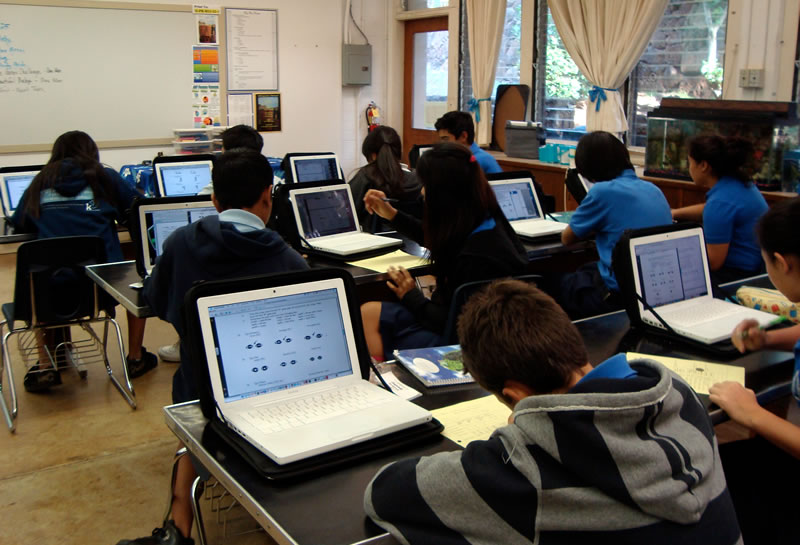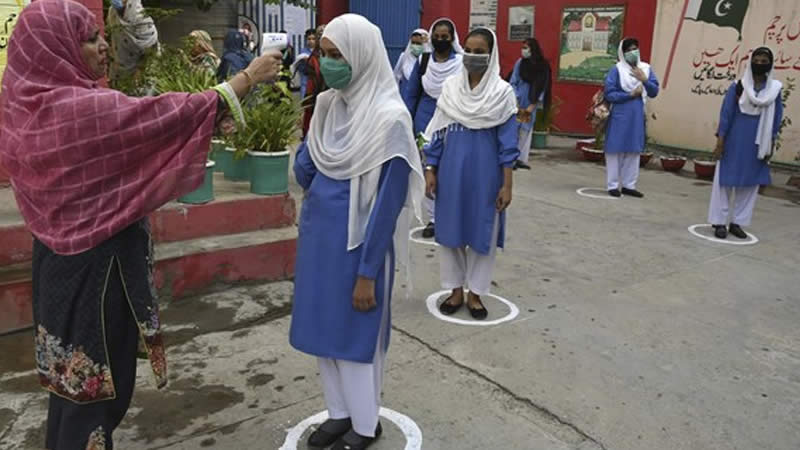Today’s technology, though, offers students all kinds of new, highly effective tools they can use to learn on their own from the Internet with almost all the information, to search and research tools to sort out what is true and relevant, to analysis tools to help make sense of it, to creation tools to present one’s findings in a variety of media, to social tools to network and collaborate with people around the world.
[contentblock id=1 img=adsense.png]
And while the teacher can and should be a guide, most of these tools are best used by students, not some school districts added technology, but did not find that the technology was helping the kids learning, This now makes sense the district didn’t first get all the teachers to change the way they taught. Teachers. Many teachers resist being taught to use technology. This also makes sense – teachers should resist, because it is not they who should be using the technology to teach students, but rather their students who should be using it, as tools to teach themselves. The teacher’s role should not be a technological one, but an intellectual one to provide the students with context, quality assurance, and individualized help. Of course, those teachers who love technology are free to learn and use it. Students routinely abuse from the teachers’ point of view technology in class, using it, as one professor says, as the new spitball. This, too, makes sense kids have in their hands powerful learning tools that they are being given no opportunity to use to learn.
[contentblock id=2 img=gcb.png]
Students around the world are resisting the old telling paradigm with all their might. When their teachers lecture they just put their heads down, text their friends, and, in general, stop listening. But these same students are eager to use class time to teach themselves, just as they do after school when they go out and use their technology to learn, on their own, about whatever interests them. Students tell us, successful schools tell us, and even our most successful teachers tell us the new pedagogy works. So before we can successfully introduce technology into our schools, we have to take a prior step. We must get our teachers hard as it may be in some cases – to stop lecturing, and start allowing the kids to learn by themselves. Instead of coming in with lesson plans that begin Here are the three causes of whatever, please take notes, they need to say “There are three main causes of whatever it is. You have 15 minutes to use your technology to find them, and then we’ll discuss what you’ve found.” If we can agree that the role of technology in our classrooms is to support the “new” pedagogy of kids teaching themselves with the teacher’s guidance, then we can all move much more quickly down the road of reaching that goal. But if every person continues to talk about the role of technology in a different way, it will take us a whole lot longer.
This is part of a larger effort I hope to undertake with other educational thinkers to standardize our pedagogical language around technology, so that we can all be working toward the same goals, and all be requiring the same things from our teachers and students. Not that my words are necessarily the right or best ones, but, if we are to make the changes we want in a reasonable time frame, it is absolutely key that we all speak the same language. Technology can have a reciprocal relationship with teaching. The emergence of new technologies pushes educators to understanding and leveraging these technologies for classroom use; at the same time, the on-the-ground implementation of these technologies in the classroom can directly impact how these technologies continue to take shape. While many new technologies have emerged throughout history, so has the cry for educators to find meaningful ways to incorporate these technologies into the classroom be it the typewriter, the television, the calculator, or the computer. And while some professional educators may have become numb to this unwavering call and for good reason it is crucial to consider that the excitement over games and social networking isn’t just business and industry.
[contentblock id=3 img=adsense.png]
Indeed, those previous technologies have a powerful place in instruction and the classroom; but without them, strong lessons and learning objectives can still be achieved. With these more recent technologies, we think educators should take the call, even if only on a trial basis. Educational technology is here to stay. Over a decade of research has documented the effect of appropriate use of technology in educational settings. These studies provide compelling evidence that computer use can have a major, positive impact on children’s social, emotional, language, and cognitive development. It is necessary, therefore, for teachers of young children to be knowledgeable about the range of appropriate technology applications. It is our responsibility as educators to help children understand how to use technology in safe and enriching ways. We need to expose children to developmentally appropriate, challenging, creative, and collaborative uses of technology in classroom. Children need to be taught how to use these stimulating and exciting tools in ways that promote learning and social interaction so that they will become confident and skilled users of technology as they progress in their schooling and throughout life.
Author: AYESHA SAEED (32)













